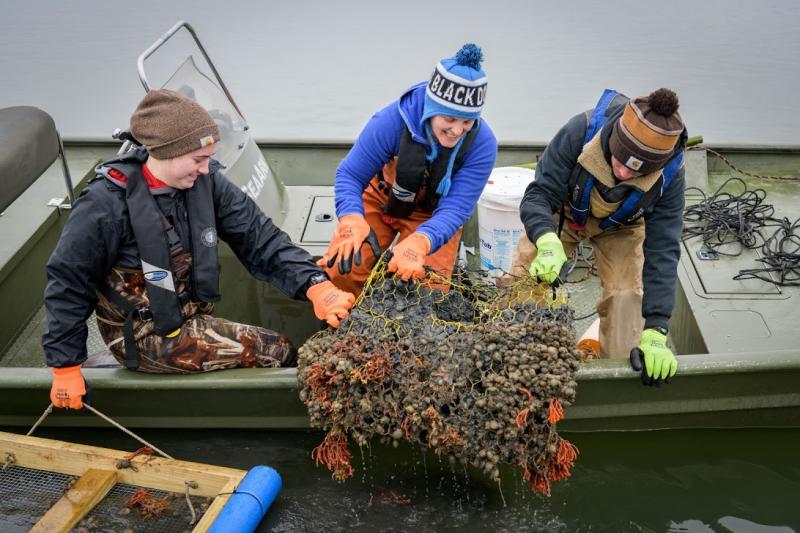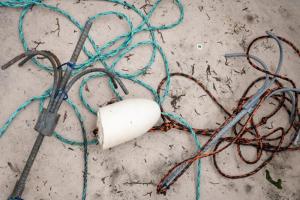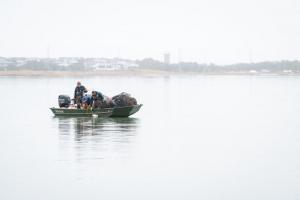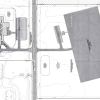1,000 ghost pots to be removed from Inland Bays
Recreational crabbing has long been a tradition in the Cape Region’s Inland Bays. To the chagrin of the bays’ crabs, turtles and fish, so have derelict crab pots.
With that in mind, the National Oceanic and Atmospheric Administration recently announced the University of Delaware has been awarded $225,000 to clean up 1,000 of those lost and abandoned traps over the next two years.
Annually, through its Marine Debris Program, NOAA offers a competitive funding opportunity supporting projects with a focus on community-based marine debris removal. This year, 10 projects across the country were awarded a total of $1.3 million. UD’s amount was the largest awarded this year.
The trio responsible for getting the NOAA grant are Katherine Fleming, Delaware Sea Grant coastal ecologist; Ed Hale, Delaware Sea Grant fishery specialist; and Art Trembanis, University of Delaware professor of oceanography.
Fleming said Inland Bays marine life is attracted to the traps. Some of the traps are silted over enough to no longer work, but over half the traps found last year were still able to “ghost fish,” she said.
“There will be less needless mortality,” said Fleming.
The team, with the help of students, did information gathering last winter. Trembanis used science-grade side-scan sonar to find nearly 400 traps – often referred to as ghost pots – in a small area of Rehoboth Bay. He said the sonar is used because of the Inland Bays’ murky waters.
“It would be a lot easier to see them if the water was blue,” said Trembanis.
Fleming said the teams do their work during the winter so they don’t disturb crabbers during the season. There aren’t too many flat, calm days around here that time of year, said Fleming.
“It’s a challenging time to get out,” she said.
While the primary purpose of the grant is to remove the debris, Trembanis said the project should help the recreational crabbers too. It’s a limited resource out there, and they won’t be competing against those pots, he said.
“A project like this has an ecological and economic impact,” said Trembanis.
This is the second time a Delaware body of water has been the beneficiary of a marine debris removal grant from NOAA. In 2016, two organizations were awarded close to $275,000 for a similar project in Delaware Bay. New Jersey Audubon Society got approximately $175,000 to remove 2,000 derelict crab pots from the Cape May area of Delaware Bay, New Jersey’s southern coastal bays and the Cape May artificial reef; Delaware Department of Natural Resources and Environmental Control’s Division of Fish and Wildlife got $90,000 to work with local crabbers to remove another 2,000 crab pots near Dover.
Chris Flood has been working for the Cape Gazette since early 2014. He currently covers Rehoboth Beach and Henlopen Acres, but has also covered Dewey Beach and the state government. He covers environmental stories, business stories and random stories on subjects he finds interesting, and he also writes a column called Choppin’ Wood that runs every other week. He’s a graduate of the University of Maine and the Landing School of Boat Building & Design.
























































